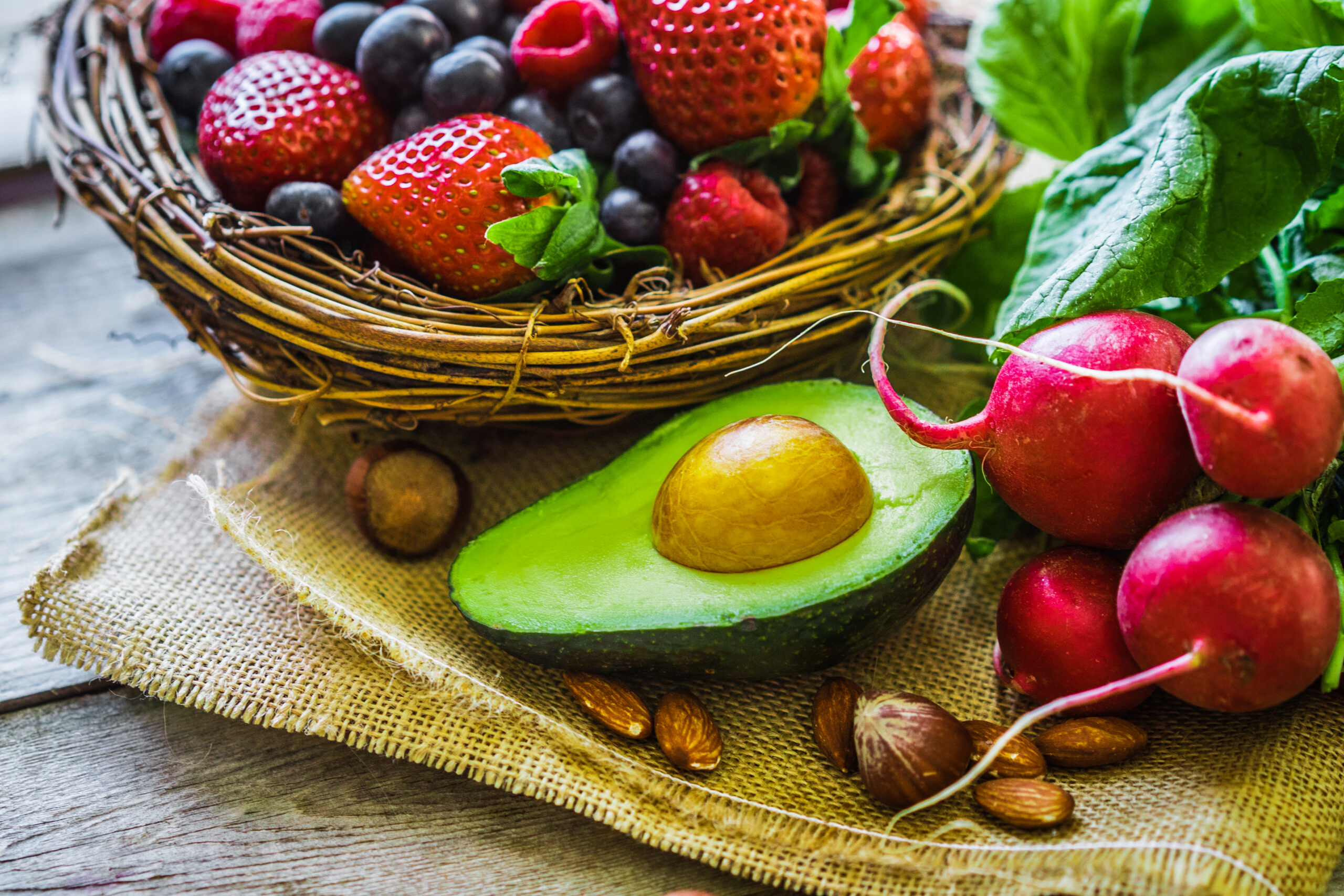Welcome to the ultimate guide to healthy dieting! Whether you’re looking to lose weight, improve your overall health or simply feel better about yourself, this article is for you. We will cover everything from understanding what a balanced diet looks like and how to create one, to tips on maintaining motivation and overcoming obstacles along the way. Let’s get started!

Introduction to Healthy Dieting:

Dieting can be intimidating, especially if it’s something that you haven’t done before. But don’t worry – we’ll make sure to break down all of the information into easy-to-understand steps so that you can start feeling confident in your journey towards a healthier lifestyle. The first step? Understanding what a balanced diet looks like.
Need a Strong Nutrition Boost for Your Diet? Take a Look...
The Importance of a Balanced Diet:
A balanced diet is essential for good health. It should include a variety of foods from each food group, including fruits, vegetables, whole grains, lean proteins, and healthy fats. A balanced diet provides the body with all of the necessary nutrients, vitamins, and minerals needed to function properly. Eating a balanced diet can help prevent chronic diseases such as heart disease, stroke, type 2 diabetes, certain types of cancer, and obesity.
Tips for Creating a Healthy Meal Plan:
Creating a healthy meal plan doesn’t have to be complicated. Here are some tips to get you started:
1. Start by incorporating more fruits and vegetables into your diet. Try to eat a rainbow of colors every day.
2. Choose whole grain options instead of refined carbohydrates. Whole grains provide fiber which helps keep you full and satisfied.
Need a Strong Nutrition Boost for Your Diet? Take a Look...
3. Include lean protein sources such as chicken, fish, legumes, and tofu. These are great sources of protein without the saturated fat found in red meat.
4. Limit your intake of processed foods and sugary drinks. These items are high in calories but low in nutritional value.
5. Use smaller plates and bowls to control portion sizes. This trick can help you consume fewer calories without feeling deprived.
Understanding Portion Sizes and Calorie Counting:
Portion size and calorie counting go hand in hand when it comes to healthy dieting. Here are some tips to help you understand these concepts:
1. Learn what appropriate portion sizes look like. You may be surprised at how small they actually are compared to what you’re used to eating.
2. Keep track of your daily caloric intake using an app or website such as MyFitnessPal. This will help you stay within your recommended calorie range based on your age, gender, height, weight, and activity level.
3. Be mindful of snacking. Even seemingly harmless snacks can add up quickly in terms of calories consumed.
Maintaining Motivation and Overcoming Obstacles:
Maintaining motivation can be challenging, especially when faced with obstacles such as cravings, social events, and lack of time. Here are some tips to help you stay on track:
1. Set realistic goals and celebrate your successes along the way.
2. Find a workout buddy or accountability partner to help keep you motivated.
3. Plan ahead and prepare healthy meals and snacks to take with you when you’re short on time.
4. Don’t let setbacks derail your progress. Instead, focus on getting back on track immediately.
In conclusion, healthy dieting isn’t just about losing weight. It’s about making long-term changes to improve your overall health and wellbeing. By following the tips outlined above, you can create a personalized and sustainable approach to healthy eating that works best for you. Good luck on your journey!











